What is hormonal acne & how to get rid of it?
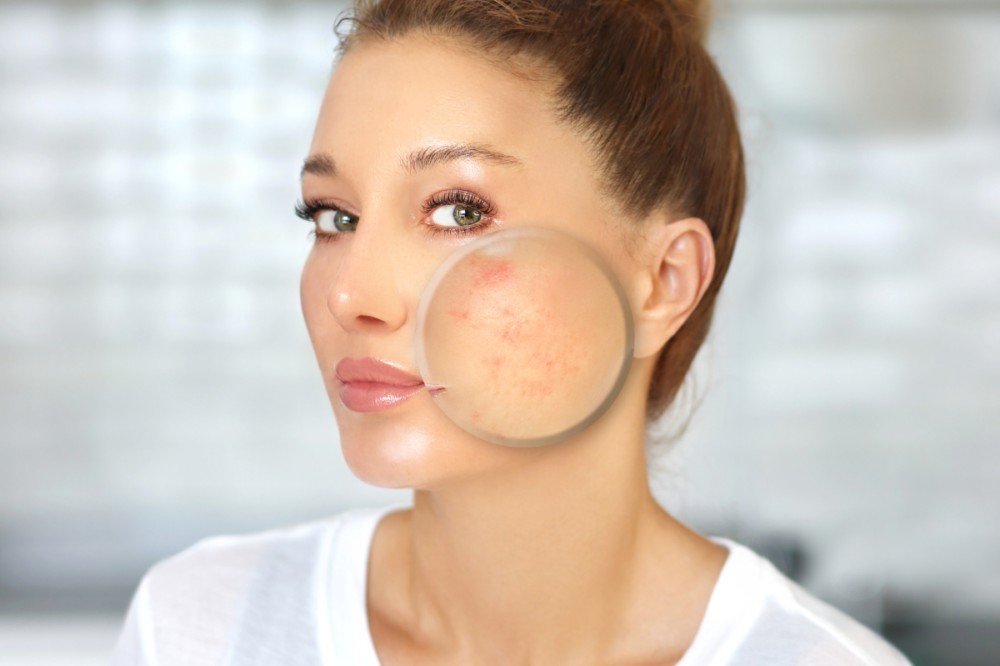
Table of Contents
What is hormonal acne?
When we refer to hormonal or otherwise hormone-dependent acne, we are talking about a type of acne, which occurs due to the fluctuations of sex hormones and basically androgens.
It can be found in both men and women of any age, with its appearance being more common in adult women between the ages of 20-30 and less common in the ages of 40-50. [1] That is why we often hear women talking about sudden pimples on the face at 30s or 40s!
What does hormonal acne look like?
It can appear in the “T” zone of the face, such as the forehead, chin and nose, as well as on the back, shoulders and chest.
Mainly, and especially when we refer to adults, it is found in the lower part of the face, specifically: [2]
- on the jaw line
- in the lower part of the cheeks
- even in the neck area
The location of hormonal acne in adults is so characteristic that it is often diagnosed at a glance. Of course, in any case, the dermatologist is the one who will make the differential diagnosis and give you the appropriate treatment.
We can meet it as:
- white and black spots
- small sebaceous cysts
- pimples with pus
What causes hormonal acne?
As mentioned earlier, hormonal acne is due to hormonal fluctuations. The question is:[1] [3]
How can this lead to pimples and even cysts?
Hormonal changes cause the skin’s sebaceous glands to overproduce sebum, resulting in an increased risk of clogged pores.
In addition, dead skin cells, but also the overgrowth of certain bacteria (for example P.acnes), make the situation more unpleasant and intensify skin inflammation.
Many times, the appearance of hormonal acne is triggered by various conditions. Below are the main ones:
- Polycystic ovary syndrome
- Menstruation
- Climacterium and menopause
- Pregnancy
- Puberty
The common characteristic of the above conditions is that there are changes in the levels of androgens (testosterone) in the body.
Causes that can trigger the appearance of hormonal acne are:
- severe stress
- the sudden increase in body weight
- “bad” eating habits
- the lack of sleep
- the abrupt cessation of contraceptive treatment
- the allergic reaction to some factor
- the side effect of some medicine
It should be noted that the family history belongs to the factors that predispose to its manifestation.
Hormonal test for acne
Of course, there are certain tests and methods that your dermatologist can use to make sure that acne is hormone-related.
Blood test
Through a blood test on day 3-4 of your cycle, the levels of certain hormones can be assessed, such as [4]:
- luteinizing hormone (LH)
- Follicle Stimulating Hormone (FSH)
- Prolactin
- Fasting insulin
- Sex hormone binding globulin (SHBG)
Fluctuations, even in one of the above hormones, can affect androgen levels, resulting in hormonal acne.
Now, some advanced laboratories can perform a completely painless test of hormones through saliva. Of course, the test results will be interpreted accordingly by the attending physician.
Hormonal acne treatment
Hormonal acne is amenable to several different treatments. Your dermatologist may recommend topical gel, cream, lotion, and/or oral treatment. [1][5]
Retinoids
The local administration of retinoids (derivatives of Vitamin A) and specifically retinol, is one of the first lines of acne treatment.
Of course, in more severe cases, such as cystic acne on the back, your dermatologist may prescribe oral retinoids.
In milder cases, herbal products can be used, such as:
- Tea tree essential oil: Reduces inflammation and helps fight acne thanks to its antimicrobial properties
- Propolis: Also well-know for its antimicrobial properties, we can find it as main ingredient in face masks or creams for acne.
Of course, daily cleansing of the face with mild cleansing soaps, which do not over-dry the skin, is imperative.
Hormonal acne diet
When it comes to the prevention and faster recovery of hormonal acne, you must adopt certain nutritional practices. [6]
Prefer foods such as:
- Fruits and vegetables (blackberries, apricots, apples, broccoli, spinach)
- Whole grains (oats, brown rice)
- High quality protein (turkey, chicken)
- Legumes (chickpeas, lentils)
- Healthy fats (olive oil)
Of course, the consumption of certain foods for a healthier skin must be combined with the reduction of the consumption of some other foods, such as:
- Products with excess sugar (carbonated drinks, sweets)
- Processed carbohydrates (fast food)
- Dairy products (e.g. cow’s milk)
- Red meat
There are nutritional supplements that can be seen as particularly beneficial for skin health, such as:
- zinc
- green tea
- B complex vitamins
- Omega 3 fatty acids
- probiotics
Which is the best cream for hormonla acne?
We’ve identified some top options for treating hormonal acne:
- La Roche Posay Effaclar K+
- Avene Cleanance Women Night Cream
- Version Azaderm Cream
- Rilastil Acnestil PB with Prebiotics & Metabiotics
Find at Vita4you.gr a wide variety of products for acne!
References:
Disclaimer
The content of this blogspot is not and can not be considered as medical advice, diagnosis or treatment. All information is provided to readers solely for informational purposes. There is no intention to substitute this content for personalized medical advice, diagnosis, prognosis or treatment.



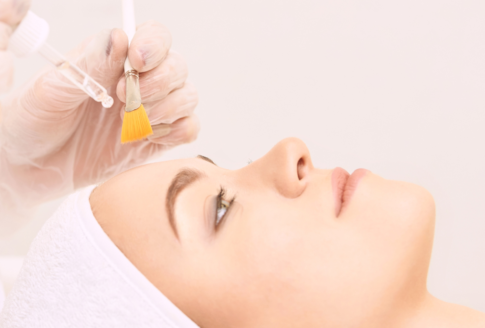
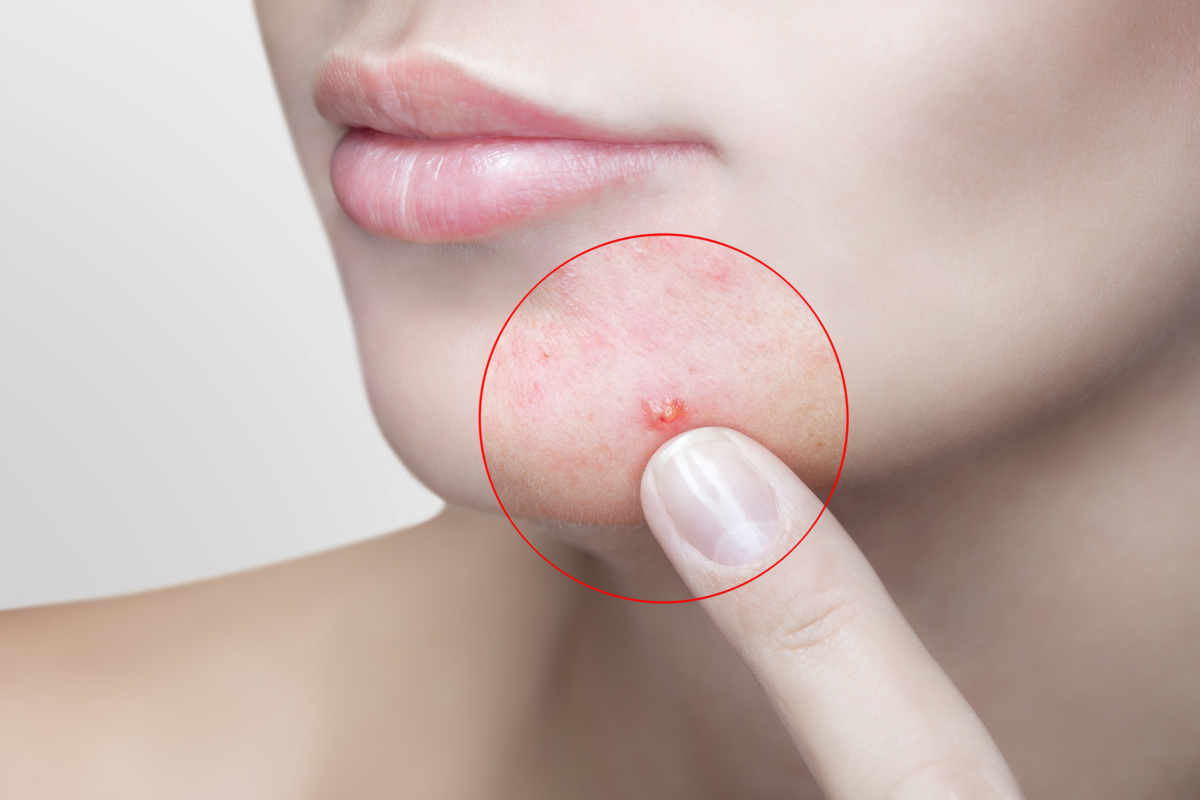

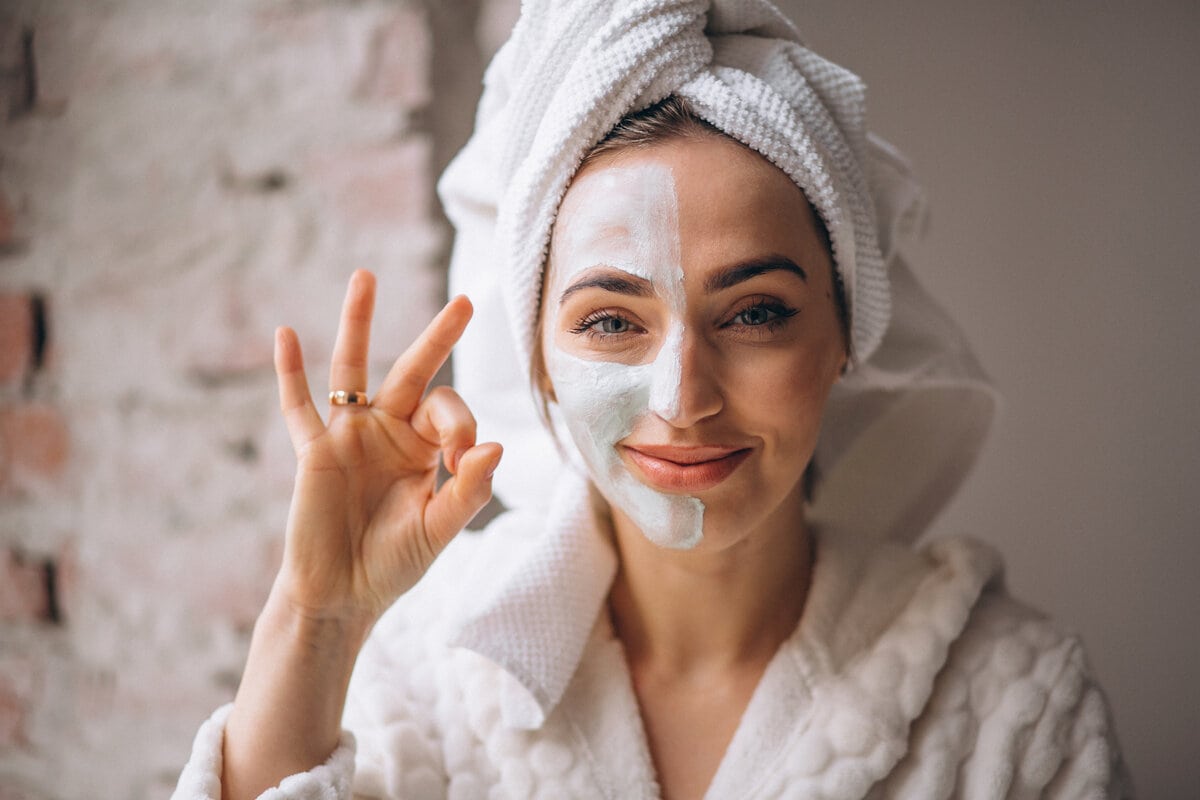
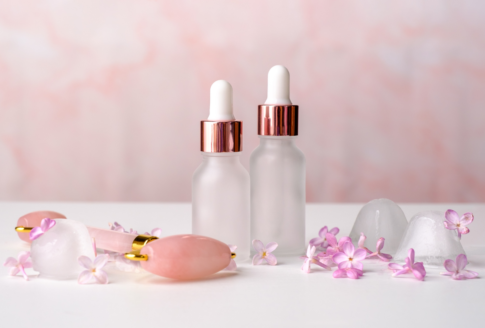
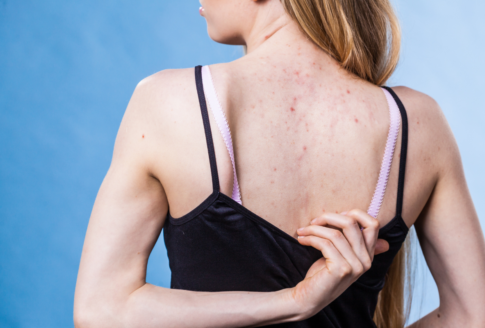
Leave a comment